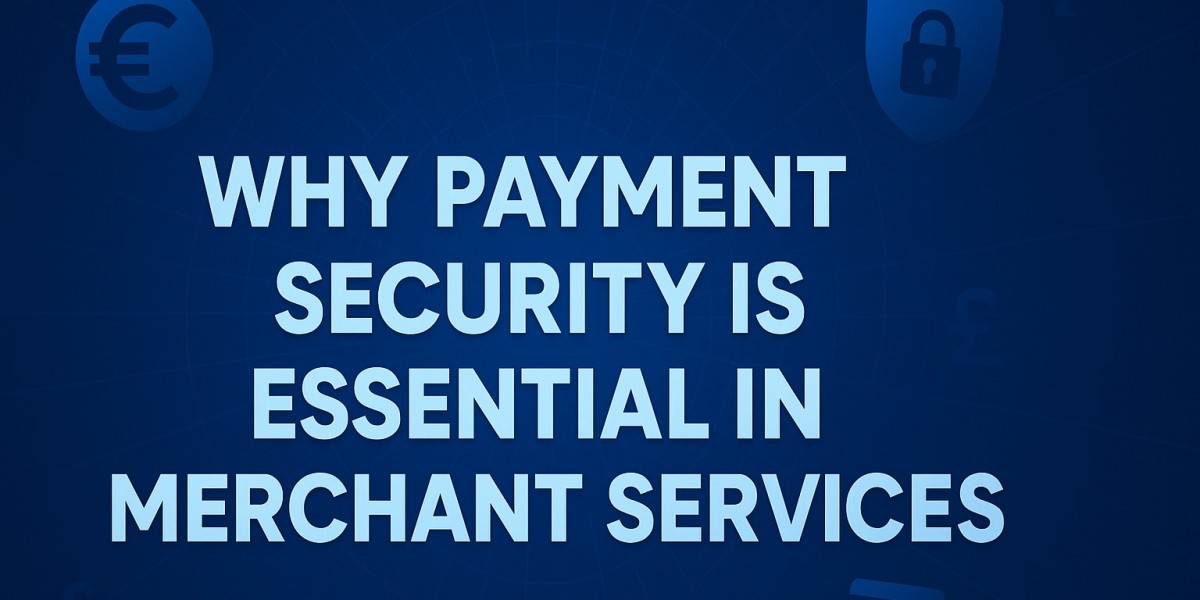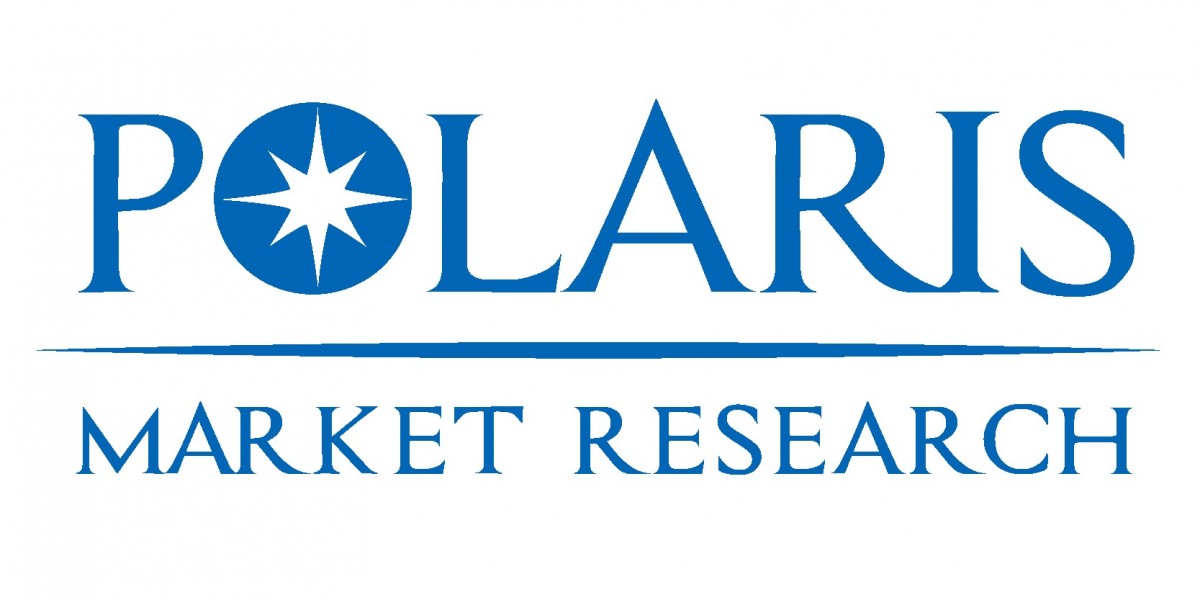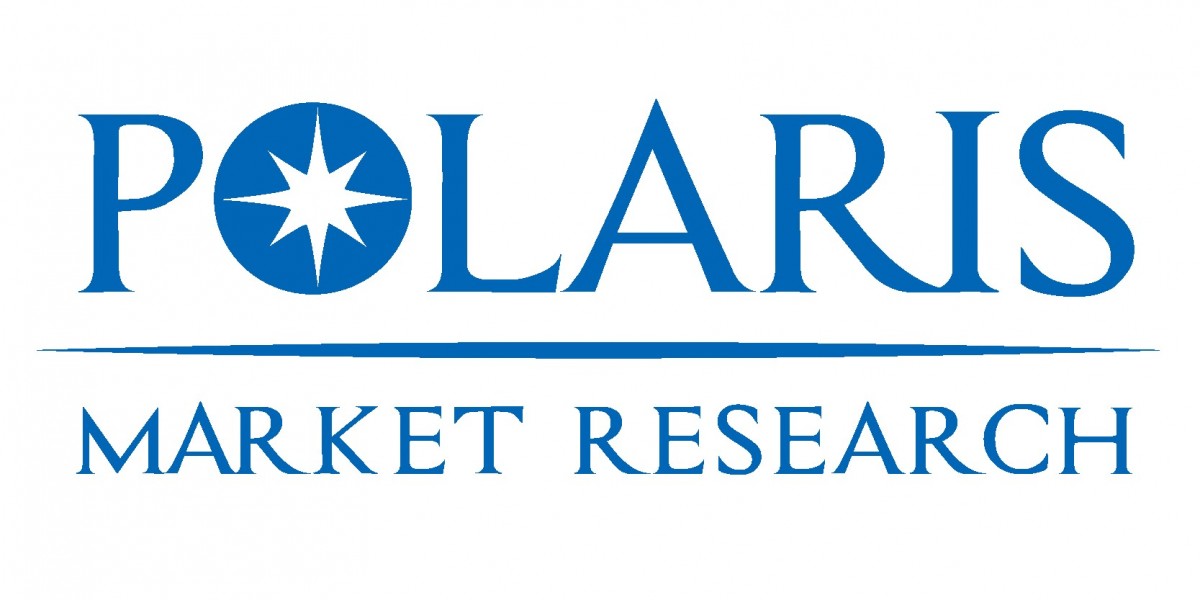In an age where digital payments are the norm, how secure is your payment processing system? With growing concerns about cybercrime and the constant evolution of threats targeting businesses, ensuring payment security is more crucial than ever. Payment security isn’t just about protecting transactions; it's about maintaining trust, complying with regulations, and safeguarding your reputation. In this article, we’ll explore why payment security is essential in merchant services, the key components of secure payment systems, and how businesses can protect themselves and their customers. By the end, you’ll have clear, actionable insights to fortify your business against payment fraud and data breaches.
1. The Growing Threats in Payment Systems
Why Payment Security Should Be Top of Mind
The rise of e-commerce and digital transactions has unfortunately been paralleled by an increase in cyber threats. From data breaches to fraudulent transactions, businesses are constantly at risk. For example, Target's 2013 data breach exposed the personal information of over 40 million customers and cost the company over $200 million in settlements and reputation damage.
The payment landscape is filled with malicious actors aiming to steal sensitive information like credit card details, personal data, and financial records. The financial industry has become a primary target for cybercriminals because of the sheer volume of transactions taking place online. However, even small businesses are at risk.
The Impact of Security Breaches on Your Business
A payment security breach can have devastating effects, both immediately and in the long term. The most apparent consequence is revenue loss from fraud and chargebacks. For example, when fraudsters use stolen credit card details, merchants often bear the cost of the fraud, resulting in chargebacks that can be costly.
Legal and compliance consequences are another significant risk. Failing to protect customer data can lead to hefty fines under regulations such as the GDPR in Europe or PCI-DSS compliance rules. Moreover, your customers’ trust in your brand could erode quickly, and rebuilding that trust is both time-consuming and expensive.
2. Key Components of Payment Security in Merchant Services
Encryption and Tokenization: The First Line of Defense
Encryption and tokenization are fundamental to securing payment data during transactions.
Encryption: This technology converts sensitive payment data, such as credit card numbers, into an unreadable format. Only authorized systems with a decryption key can turn this data back into its original form. By doing so, even if attackers intercept the data during transmission, it’s rendered useless without the decryption key.
Tokenization: This is the process of replacing sensitive payment data with a unique identifier, or “token.” Tokens are meaningless outside the specific payment system, so even if hackers steal them, they can’t use them to make fraudulent transactions.
These two technologies, often used together, ensure that the payment data transmitted between your business and the payment processor is protected, reducing the risk of data theft.
Fraud Prevention Tools in Merchant Services
Today’s fraud prevention tools are powered by advanced technologies like artificial intelligence (AI) and machine learning. These tools can detect unusual patterns in real time, flagging potentially fraudulent transactions before they are completed.
AI-based Fraud Detection: These systems learn from past transactions and continuously improve their ability to identify suspicious behavior. For example, if a credit card is used for a large purchase in a location far from the cardholder’s usual activity, the system may flag the transaction as potentially fraudulent.
3D Secure: An additional layer of authentication during the payment process. Commonly used for card-not-present transactions, 3D Secure requires the cardholder to verify their identity before completing the payment.
CVV Verification: This simple but effective fraud prevention measure checks the Card Verification Value (CVV) of the credit card during the transaction to ensure that the person making the purchase has the physical card in hand.
Compliance and Regulation: Protecting Your Business and Customers
Compliance with payment security regulations such as PCI-DSS (Payment Card Industry Data Security Standard) is not optional; it’s mandatory. PCI-DSS is a set of security standards designed to protect cardholder data. Non-compliance can result in severe penalties, including fines and loss of the ability to process payments.
Furthermore, regulations like the General Data Protection Regulation (GDPR) and the California Consumer Privacy Act (CCPA) have heightened the need for businesses to secure not just payment data but all forms of customer data. If businesses fail to meet these standards, they risk both legal repercussions and reputational damage.
3. Benefits of Robust Payment Security for Merchant Services
Building Customer Trust and Loyalty
For businesses, customer trust is invaluable. Studies show that 80% of consumers will abandon a purchase if they feel their personal information is at risk. On the other hand, businesses that prioritize security in their payment systems build customer trust and increase customer loyalty.
When customers see that a merchant uses secure payment gateways, is PCI-compliant, and employs advanced fraud protection tools, they feel more confident sharing their payment details. This trust translates into higher conversion rates and repeat business.
Enhancing Business Reputation
In today’s competitive marketplace, reputation is everything. When a business experiences a payment security breach, it can take years to recover. On the other hand, businesses that are known for their robust security measures stand out in the marketplace.
For example, brands like PayPal and Stripe have built their reputations on secure, reliable payment systems. Small businesses can use security as a differentiator, showcasing their commitment to protecting customers’ sensitive information.
Reducing Costs in the Long Run
Investing in payment security isn’t just a protective measure—it’s also a cost-saving one. While implementing robust security systems may involve upfront costs, these expenses are far outweighed by the savings over time.
For example, businesses that proactively prevent fraud and chargebacks can save on transaction reversal fees, which can be substantial. Additionally, compliance with PCI-DSS and other regulations helps businesses avoid hefty fines and penalties.
4. How to Choose a Secure Merchant Service Provider
Look for PCI-DSS Compliance and Industry Standards
One of the first things to check when evaluating merchant service providers is whether they comply with PCI-DSS standards. This ensures that the provider follows the industry’s best practices for securing payment data. Look for certifications and evidence of compliance.
Additionally, industry-standard encryption and tokenization technologies should be non-negotiable in a secure payment provider. Without these protections, your business may be exposing itself to unnecessary risk.
Evaluate Fraud Protection Features
Different merchant service providers offer varying levels of fraud protection. Some may offer basic security features like CVV verification, while others may provide advanced tools like real-time fraud detection using AI.
When evaluating a provider, assess what fraud prevention features they offer, how quickly they detect and respond to suspicious activity, and how their systems handle chargebacks.
Scalability and Security: A Perfect Match
As your business grows, so too will your transaction volume. This means that security needs will evolve. Choose a provider that offers scalable solutions—ensuring that your payment systems can handle increasing transaction volumes without sacrificing security.
For international businesses, it’s especially important to select a provider that offers security solutions designed for cross-border payments, such as fraud prevention for multiple currencies and compliance with international payment regulations.
5. Best Practices for Ensuring Payment Security in Your Merchant Services
Regularly Update and Patch Systems
Keeping your payment systems up to date is crucial. Many security breaches occur due to outdated software or unpatched vulnerabilities. Regular updates ensure that your system is equipped with the latest security features and defenses.
Employee Training and Awareness
Human error is one of the biggest security risks businesses face. Even the most advanced security systems can be compromised if employees don’t follow best practices for data handling. Regular training on secure payment processing and data privacy policies can help mitigate this risk.
Conduct Regular Security Audits
Performing security audits regularly is essential to identifying weaknesses in your payment systems. Engage third-party security experts to conduct vulnerability assessments and penetration testing. These audits can help ensure that your business is prepared for any potential threats.
Conclusion
Payment security is no longer optional—it’s a fundamental aspect of every business’s operations. With the increasing number of cyber threats and regulatory demands, it’s more important than ever to secure your payment systems. By choosing the right merchant service provider, implementing best practices, and staying compliant with industry standards, you can protect your business, enhance customer trust, and ultimately improve your bottom line. Prioritize security now, and you’ll reap the rewards of a secure, thriving business.
Take action today—evaluate your current payment systems and consider adopting a more secure solution to safeguard your business and customers.








